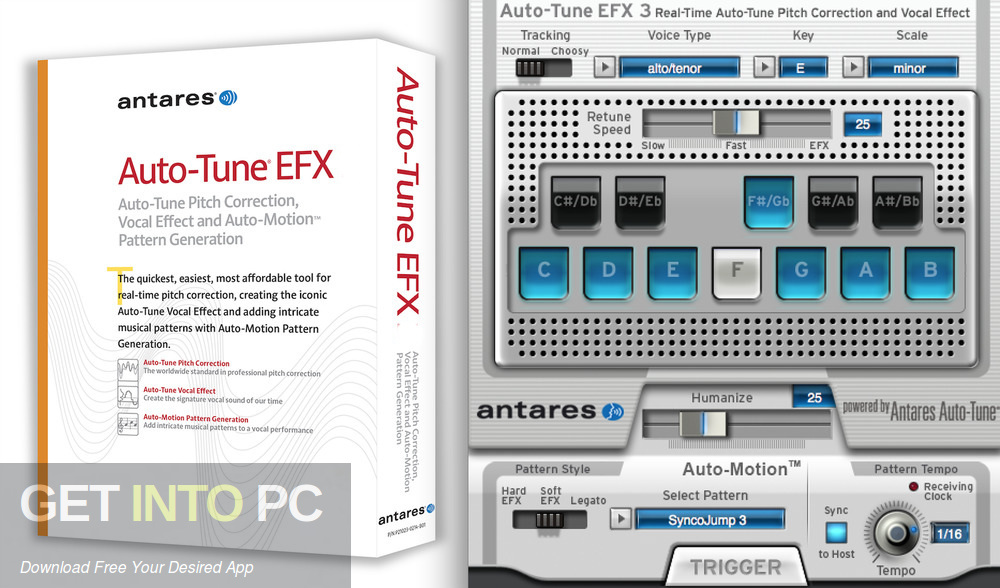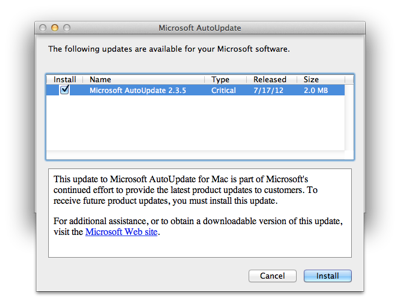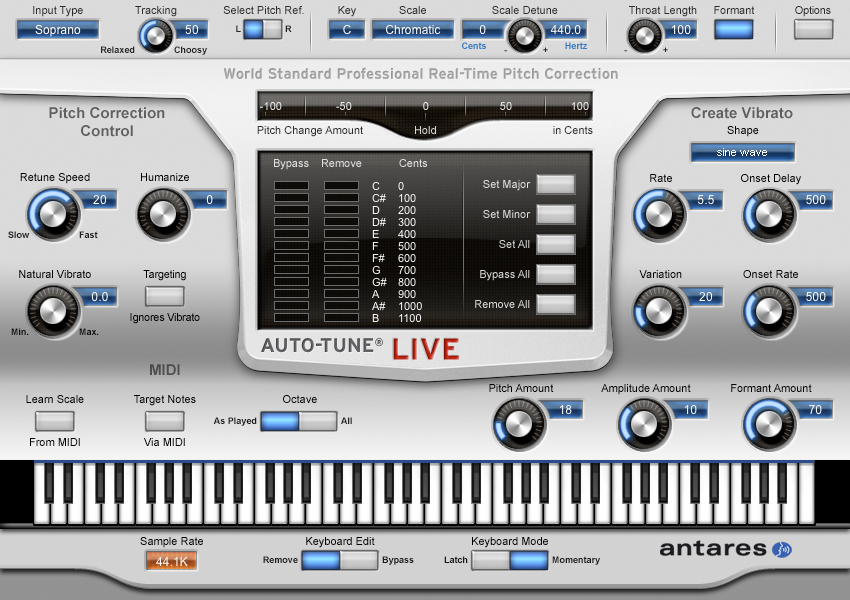

- #MICROSOFT AUTO UPDATES FOR MAC HOW TO#
- #MICROSOFT AUTO UPDATES FOR MAC FOR MAC#
- #MICROSOFT AUTO UPDATES FOR MAC INSTALL#
Therefore, you might receive a notification to update Microsoft AutoUpdate even if you're not running Office for Mac.
Microsoft AutoUpdate provides updates to various Mac products from Microsoft. Download links are only provided for the most recent release of Microsoft AutoUpdate. The table is ordered by release date, with the most recent release date listed first. The following table provides release history information for Microsoft AutoUpdate. We recommend that you always update to the latest version of Microsoft AutoUpdate (MAU). Your Mac doesn't automatically download large updates when it's using a Personal Hotspot. You can redownload apps that you previously downloaded from the App Store. Find out which macOS your Mac is using. #MICROSOFT AUTO UPDATES FOR MAC HOW TO#
Learn how to upgrade to the latest version of macOS. Learn how to update your iPhone, iPad, or iPod touch to the latest version of iOS. * If you're using OS X Lion or Snow Leopard, get OS X updates by choosing Apple menu > Software Update. To automatically download updates in the future, choose Apple menu > System Preferences, click App Store, then select ”Download newly available updates in the background.” Your Mac will notify you when updates are ready to install. 
Later versions may be available by upgrading your macOS. That includes Safari, iTunes, iBooks, Messages, Mail, Calendar, Photos, and FaceTime.
 When the App Store shows no more updates, the installed version of macOS and all of its apps are up to date.
When the App Store shows no more updates, the installed version of macOS and all of its apps are up to date. #MICROSOFT AUTO UPDATES FOR MAC INSTALL#
Use the Update buttons to download and install any updates listed. Click Updates in the App Store toolbar. If you're using an earlier macOS, such as macOS High Sierra, Sierra, El Capitan, or earlier,* follow these steps to keep it up to date: How to get updates for earlier macOS versions To automatically install macOS updates in the future, including apps that were downloaded separately from the App Store, select ”Automatically keep my Mac up to date.” Your Mac will notify you when updates require it to restart, so you can always choose to install those later. To find updates for iMovie, Garageband, Pages, Numbers, Keynote, and other apps that were downloaded separately from the App Store, open the App Store on your Mac, then click the Updates tab. That includes Safari, iTunes, Books, Messages, Mail, Calendar, Photos, and FaceTime. When Software Update says that your Mac is up to date, the installed version of macOS and all of its apps are also up to date. Or click ”More info” to see details about each update and select specific updates to install. If any updates are available, click the Update Now button to install them. Choose System Preferences from the Apple menu , then click Software Update to check for updates. If you've upgraded to macOS Mojave or later, follow these steps to keep it up to date: How to get updates for macOS Mojave or later #MICROSOFT AUTO UPDATES FOR MAC FOR MAC#
There are several features that are available in the current version of Outlook for Mac for Office 365 that aren't yet available in the new Outlook experience. Features not yet available in the new Outlook for Mac. If two-step verification isn't turned on for your Microsoft account, you will be prompted to enable it when you turn on forwarding. This means that replies to those messages will automatically be addressed to your account, and not to the original sender.







 0 kommentar(er)
0 kommentar(er)
